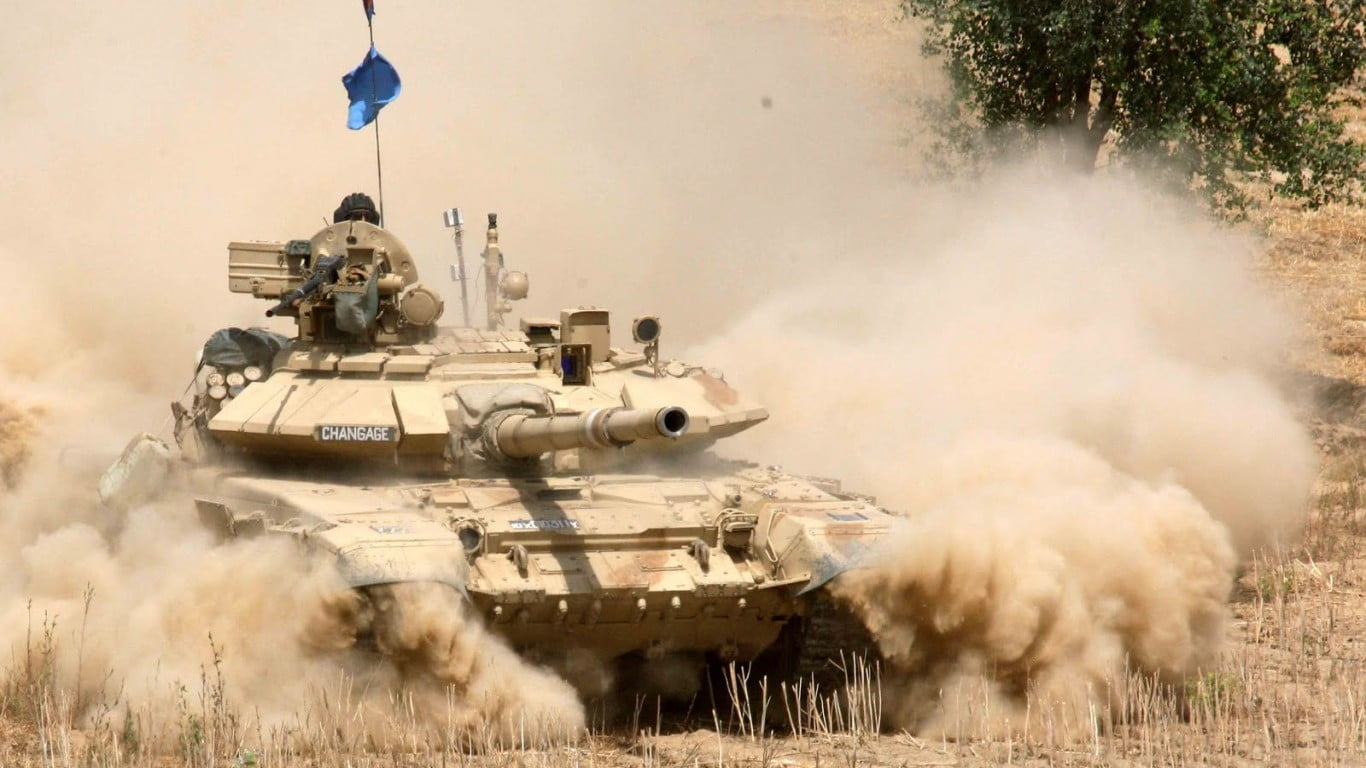

The high-velocity projectile severed the tank commander’s leg. The round struck squarely, knocking out the American tank. The crew spotted a Sherman approaching and fired. A block away another German tank, a Panther, lay in ambush. It would haunt Clarence for decades, but that was for later the war continued. It was a terrible tragedy of war, an accident no one wanted but could not be avoided. Gustav saw the woman fall out of the car and wondered what she was doing in a combat zone. Green German tracers lashed out as well, smashing into the staff car and blowing out its windows. A dark shape appeared, and the young tanker squeezed the trigger on his own coaxial machine gun. Were the Americans coming? He had to be ready. He saw the orange American-style tracers flashing through the intersection. A few blocks in the other direction, German tanker Gustav Shaefer peered through his Panzer IV’s sights. The car looked like a German Army staff car, so he fired on it. The car came to a stop Deller was dead, slumped over the steering wheel, and Esser managed to open the passenger door before tumbling to the pavement.Ī few yards away American Corporal Clarence Smoyer released the trigger of the coaxial machine gun in his T26 Pershing tank. Tracer bullets ripped through its thin metal shell and into the bodies of the two civilians. Making his way through the rubble-strewn streets, Delling dashed into an intersection near the city’s famous cathedral. Rather than stay in the city as American and German troops fought, he and his clerk, 26-year-old Katharina Esser, chose to run for the last remaining bridge to the east. The driver, 40-year-old Michael Delling, was making a run for it. A black Opel automobile raced through the streets of Cologne, Germany, on March 6, 1945.


 0 kommentar(er)
0 kommentar(er)
